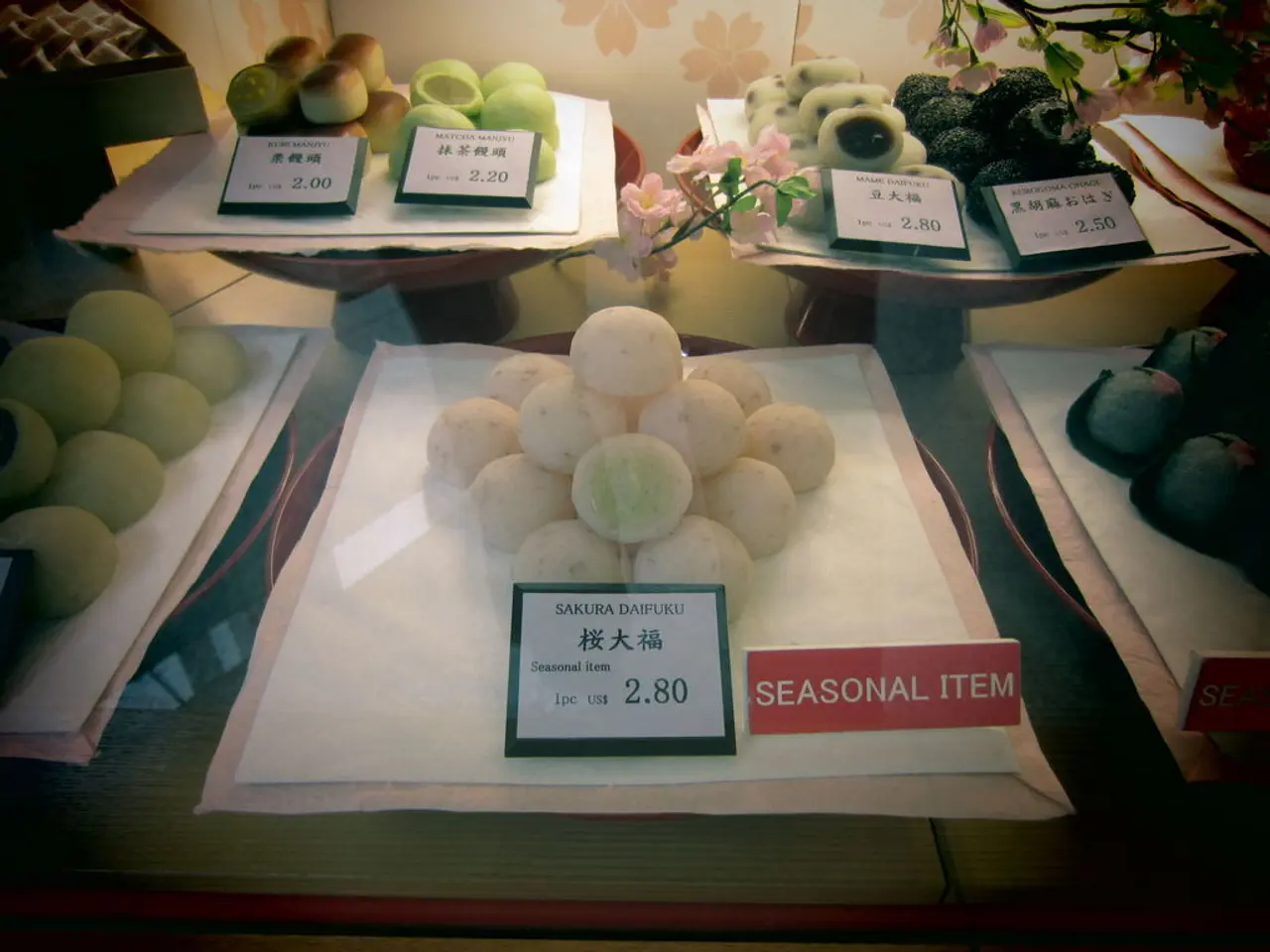Demand Profile: Classifications, Method to Depict from Demand Equation
In the world of economics, most goods follow the law of demand, which states that as price rises, quantity demanded falls. However, there are two notable exceptions: Veblen goods and Giffen goods.
## Veblen Goods: Status Symbols in Demand
Veblen goods are luxury items for which demand increases as the price rises. This anomaly occurs due to the prestige effect – higher prices making these goods more desirable as status symbols. Examples of Veblen goods include luxury cars, such as Rolls-Royce or Ferrari, designer handbags like Hermès Birkin or Chanel bags, high-end watches from Rolex or Patek Philippe, and fine jewelry and cosmetics.
A classic example often cited is high-priced perfume – making it more expensive can actually increase sales, as the high price reinforces its luxury status and desirability. Veblen goods are not defined by their intrinsic value but by the perceived value conferred by their price and exclusivity.
## Giffen Goods: The Paradox of Pricier Potatoes
Giffen goods are inferior goods for which demand increases as the price rises because the income effect (consumers becoming poorer as price rises, so they buy more of the inferior good) outweighs the substitution effect (the incentive to switch to cheaper alternatives). Historically, Giffen goods can be seen in extreme poverty situations, like the Irish Potato Famine, where as the price of potatoes rose, impoverished families could afford even less meat and substituted even more toward potatoes, despite their higher cost.
Modern examples of Giffen goods are elusive, but used clothes can be considered a potential example due to their low cost and the income effect.
## Comparison Table
| Type of Good | Primary Cause | Typical Examples | Key Mechanism | |----------------------|----------------------------------|------------------------------------------|-------------------------------| | Veblen Good | Conspicuous consumption/status | Designer bags, luxury cars, fine watches | Prestige effect, price as status symbol[1] | | Giffen Good | Extreme poverty, income effect | Potatoes in famine (historical) | Income effect outweighs substitution effect[2] |
## Demand Curve Analysis
A demand curve is a graphical representation of the relationship between quantity demanded and price. The slope of a demand curve indicates an inverse relationship between price and quantity, with a downward slope signifying a decrease in quantity demanded for an increase in price, and vice versa. The slope of a linear demand curve is calculated by dividing the change in price by the change in quantity demanded (ΔP / ΔQd).
In some cases, the demand curve may show different elasticities for price increases and decreases, resulting in a kinked demand curve. The demand for a product may have elastic demand for price increases, with consumers responding by buying less, and inelastic demand for falling prices, with consumers continuing to buy the same quantity.
Other factors, such as consumer incomes, preferences, the price of substitute and complementary goods, and market conditions, can cause a shift in the demand curve to the right or left, changing the quantity demanded for any given price level.
In conclusion, while Veblen and Giffen goods challenge the traditional law of demand, they are essential concepts to understand in the field of economics. Both types of goods are rare in real-world markets, with clear, uncontroversial Giffen goods being particularly elusive in modern economies.
In the realm of personal-finance and education-and-self-development, learning about Veblen goods and Giffen goods can provide valuable insights into rare economic phenomena, helping individuals make informed decisions in their business and investing ventures. For instance, understanding the intricacies of Veblen goods can lead to a better appreciation of why high-price luxury items, such as designer handbags or luxury cars, continue to be in demand, despite their prices increasing. On the contrary, recognizing Giffen goods can offer a unique perspective on the economies of developing countries, where during extreme poverty situations, impoverished families may continue to purchase essential yet expensive goods, like potatoes, because of the income effect. Furthermore, by analyzing demand curves and elasticities, investors and business owners can establish strategies for optimizing their products' pricing and demand in the market.




